Most design chiefs would be happy to surprise a motor show press day with a single, brightly lit, knockout concept. But at the 2019 Geneva show, Klaus Busse and his team fielded a pair of concepts that were considered best of show. One was the handsome Alfa Romeo Tonale, now delayed until next year, the other the Fiat Centoventi. The electric Centoventi was both a celebration of Fiat’s 120th birthday and a strong hint (we hope) of how the next Panda will not only look but also be propelled.
Admiration for the Alfa revolved mainly around its handsome proportions and fine detailing, but the Centoventi explored the kind of city car we need for the 2020s, which is why it’s electric. Its examination of customer and environmental needs is appropriate to Fiat’s history of groundbreaking baby cars and perhaps a rejuvenation of the kind of deeper-thinking design that once characterised Italy’s car industry.
The Tonale and Centoventi have since been followed with two notable production models. The all-new electric Fiat 500 and the shapely mid-engined Maserati MC20 supercar are decidedly more exciting than the dull Fiat Tipo and the short-falling Maserati Ghibli of recent times. Busse leads design not only for Alfa Romeo, Maserati and Fiat but also Abarth and Lancia. It’s a quintet that has had him thinking long and hard about the essence of Italian car design and how cars fit in society, which has “dramatically evolved” from where he was 10 or 15 years ago.
“Back then it was about trying to do something cool, beautiful, that gets noticed,” says Busse. “It was all about design, and I was very design-centric. Sure, there was a package, there was a customer, there was some functionality and it was all about quality. But today it’s very much about our role within society.
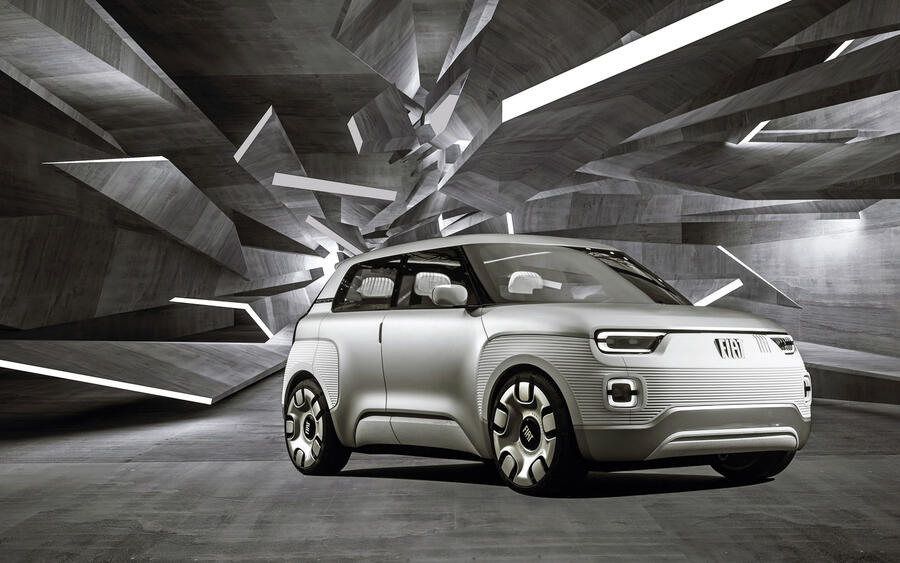
“It’s easier to see this in the 500, but you also see it in the MC20.” For the new, electric 500, Busse and his team were working on something that is currently considered an icon.



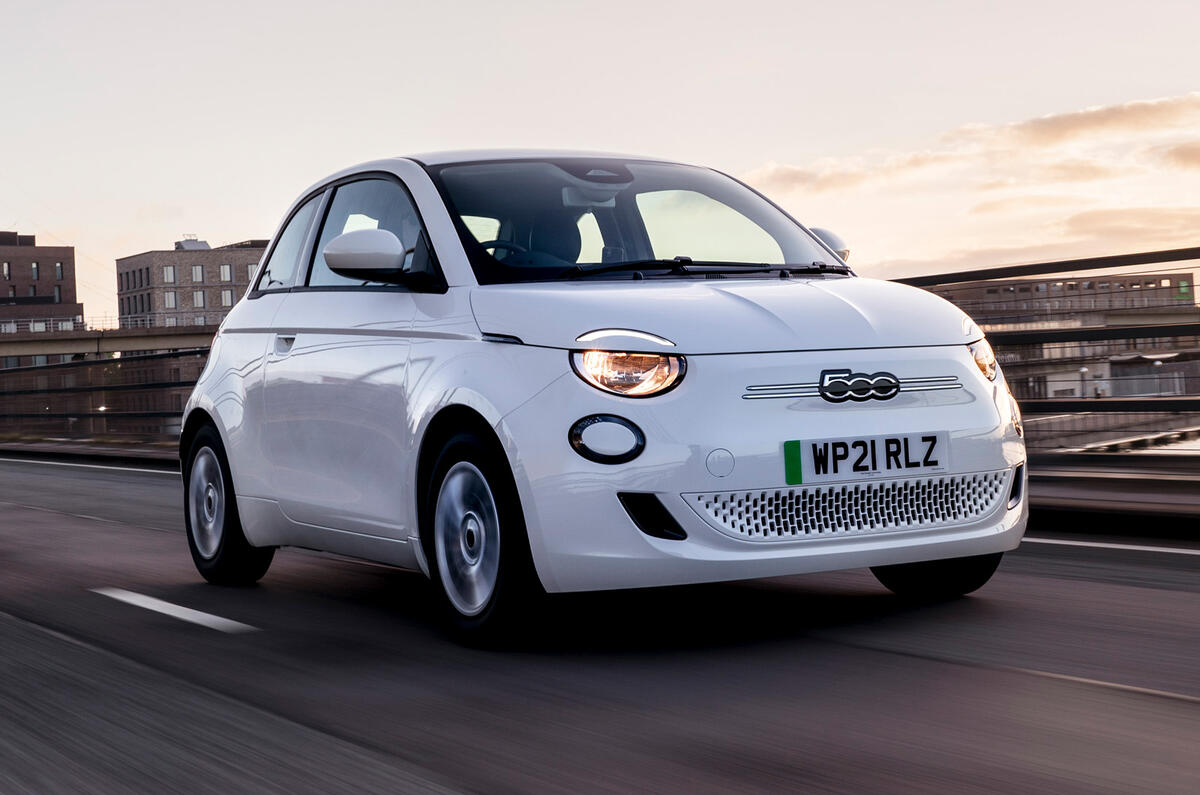
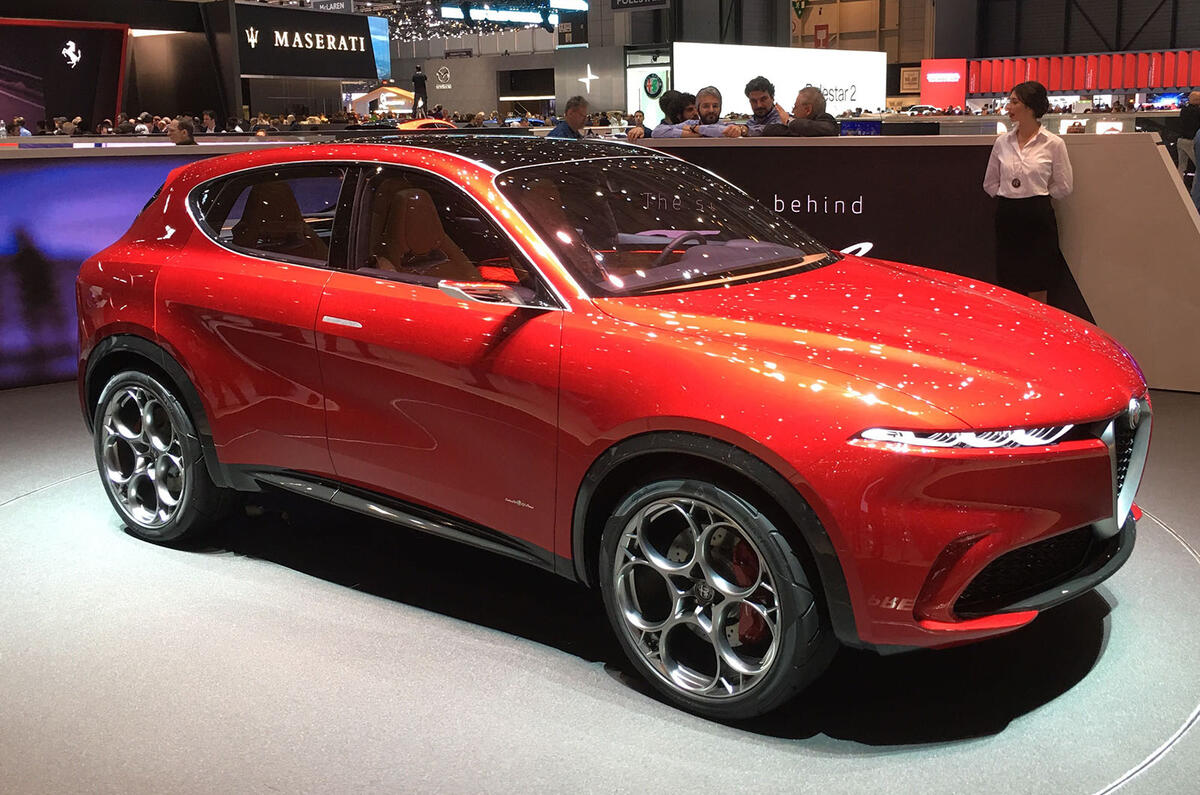



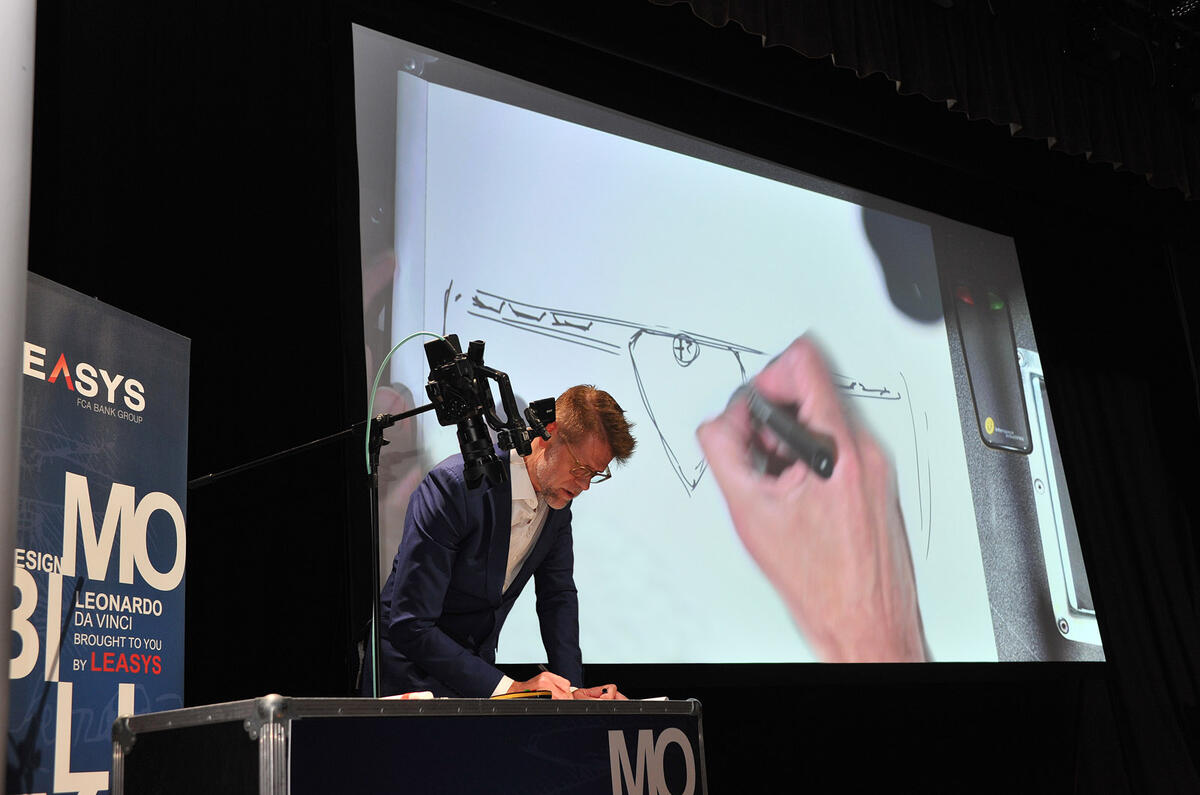
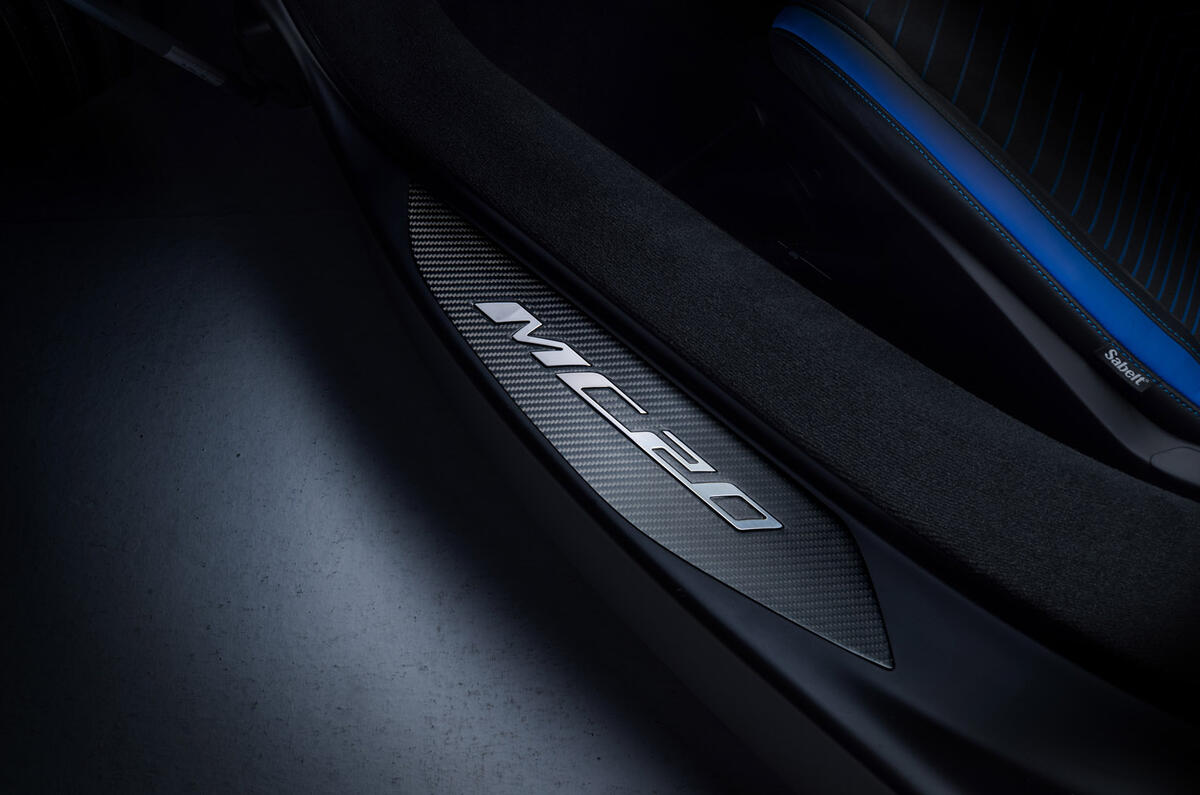
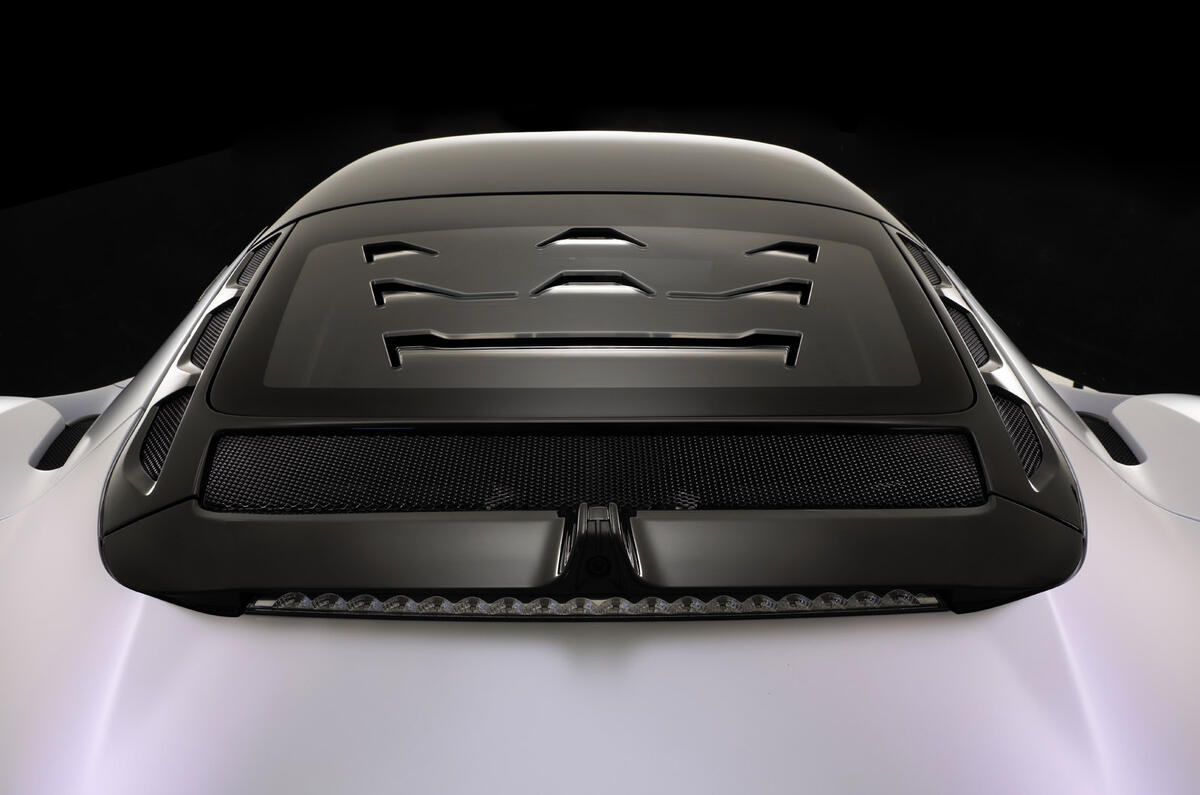
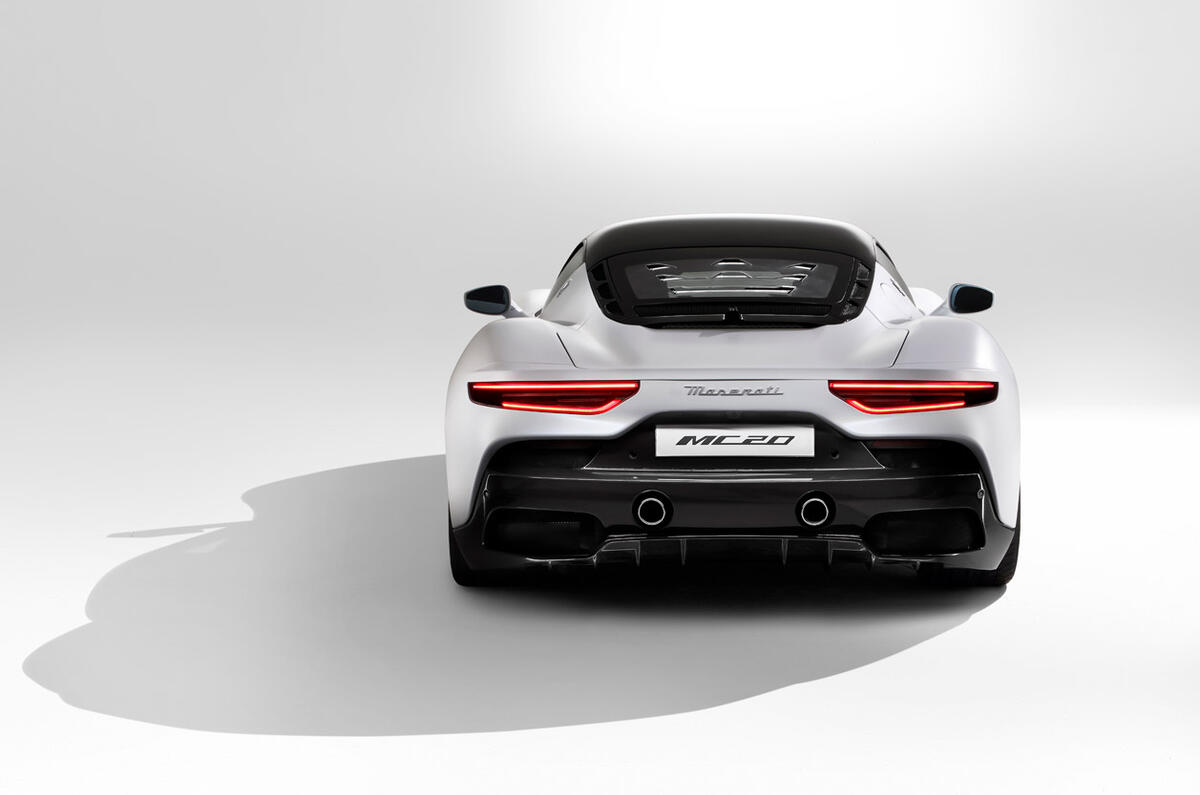





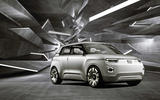
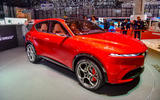

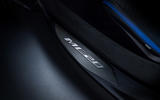

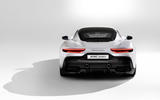

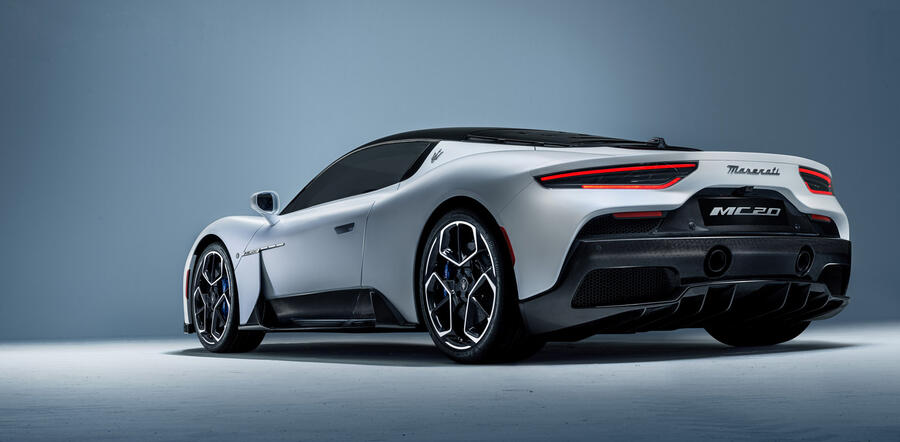
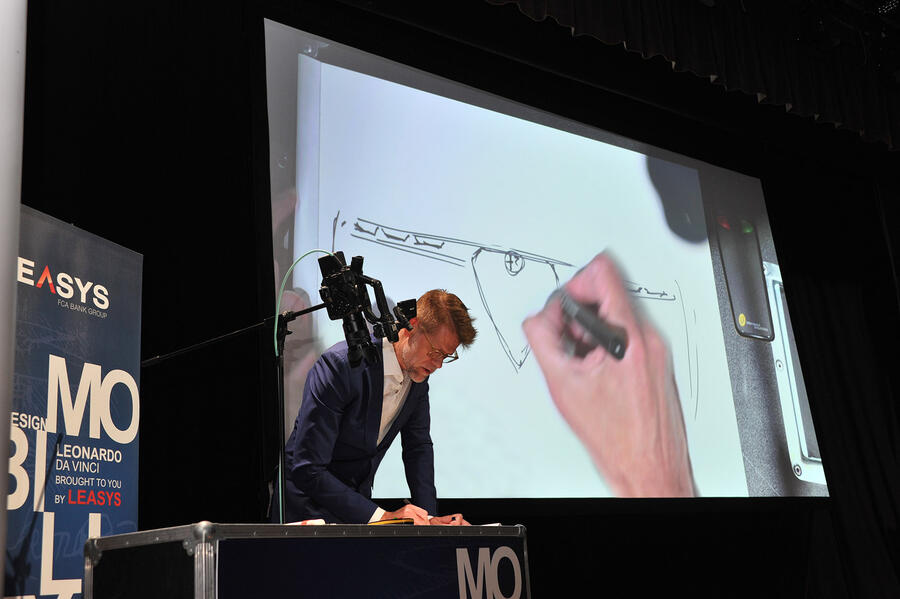

Add your comment